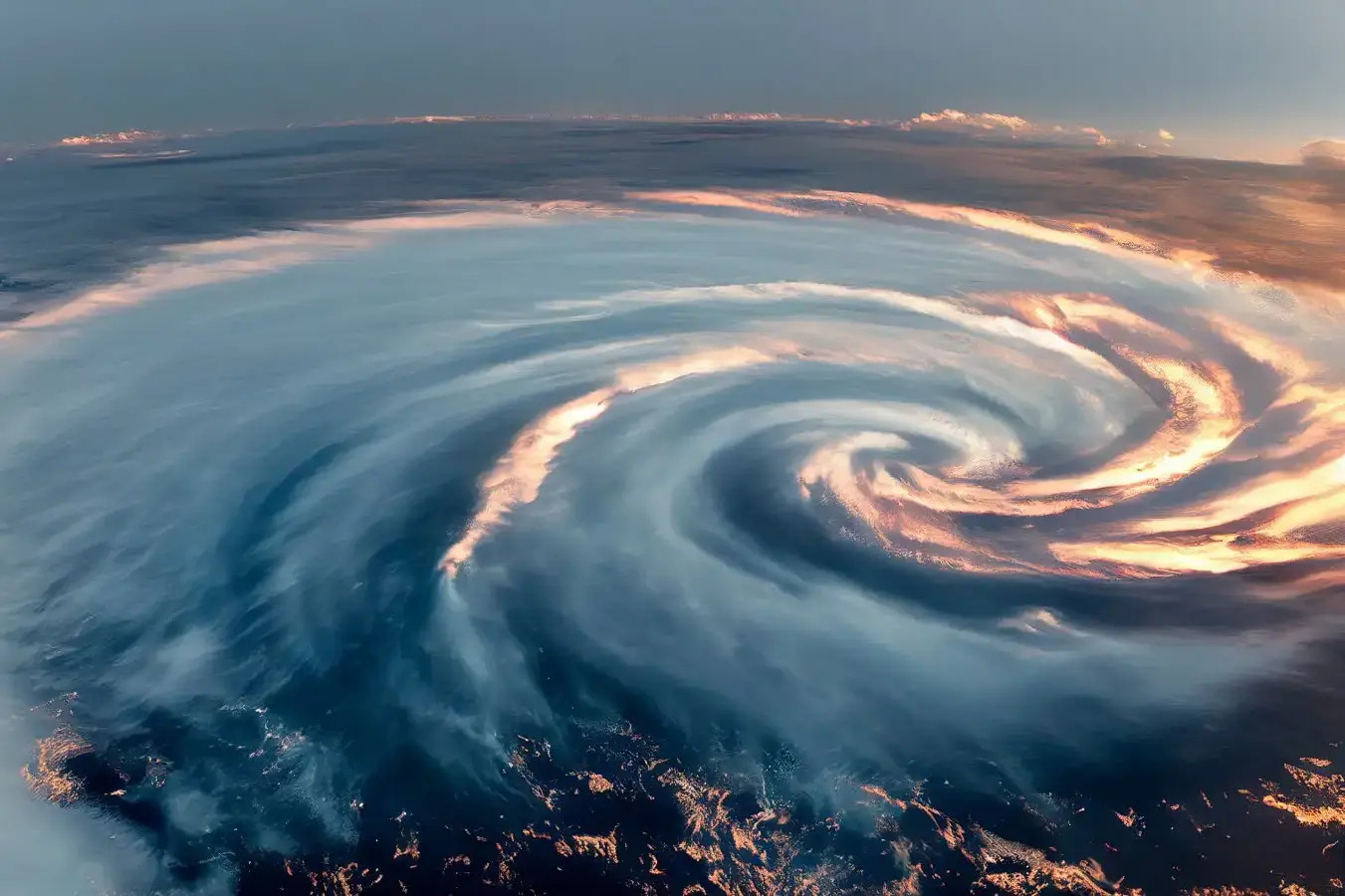
Hurricanes are among nature's most powerful and destructive forces. These massive storms, also known as cyclones or typhoons in different parts of the world, can cause widespread devastation. But what exactly makes a hurricane tick? How do hurricanes form and why do they cause so much damage? In this post, we'll dive into 27 fascinating facts about hurricanes that will help you understand these incredible weather phenomena. From their origins over warm ocean waters to the eye of the storm, you'll learn what fuels these giants and how they impact our planet. Get ready to be amazed by the sheer power and complexity of hurricanes!
What Are Hurricanes?
Hurricanes are powerful tropical storms that can cause widespread damage. They form over warm ocean waters and can bring heavy rain, strong winds, and flooding. Here are some fascinating facts about these natural phenomena.
- Hurricanes are also known as typhoons in the western Pacific and cyclones in the Indian Ocean.
- The term "hurricane" comes from "Huracan," a god of evil in Caribbean mythology.
- Hurricanes need warm water, at least 80°F, to form and sustain their strength.
- The eye of a hurricane is a calm, clear area at the center of the storm.
- Surrounding the eye is the eyewall, where the most intense weather occurs.
- Hurricanes can be hundreds of miles wide, affecting large areas simultaneously.
- The Saffir-Simpson scale measures hurricane strength from Category 1 (least severe) to Category 5 (most severe).
How Do Hurricanes Form?
Understanding how hurricanes form can help us prepare for these powerful storms. They require specific conditions to develop and grow.
- Hurricanes start as tropical disturbances, clusters of thunderstorms over warm ocean waters.
- As the disturbance organizes, it becomes a tropical depression with winds up to 38 mph.
- When winds reach 39-73 mph, the system is classified as a tropical storm and given a name.
- If winds exceed 74 mph, the storm becomes a hurricane.
- Warm, moist air rises from the ocean, creating low pressure and drawing in more air.
- The Coriolis effect, due to Earth's rotation, causes the storm to spin.
- Hurricanes lose strength when they move over cooler water or land.
The Impact of Hurricanes
Hurricanes can have devastating effects on communities, economies, and ecosystems. Their impact can be felt long after the storm has passed.
- Storm surges, or rising sea levels, can cause severe coastal flooding.
- High winds can destroy buildings, uproot trees, and down power lines.
- Heavy rainfall can lead to inland flooding, affecting areas far from the coast.
- Hurricanes can spawn tornadoes, adding to the destruction.
- The economic cost of hurricanes can reach billions of dollars.
- Recovery and rebuilding efforts can take years, straining resources and communities.
- Hurricanes can disrupt ecosystems, affecting wildlife and plant life.
Historical Hurricanes
Some hurricanes have left a lasting mark on history due to their intensity and the damage they caused. These storms are often remembered for their impact on human lives and infrastructure.
- The Great Galveston Hurricane of 1900 is the deadliest in U.S. history, killing over 8,000 people.
- Hurricane Katrina in 2005 caused widespread devastation in New Orleans and the Gulf Coast.
- The 2017 Atlantic hurricane season was one of the most active, with Hurricanes Harvey, Irma, and Maria causing significant damage.
- Hurricane Andrew in 1992 was one of the costliest hurricanes, causing $27 billion in damage.
- The Labor Day Hurricane of 1935 was the most intense hurricane to make landfall in the U.S., with winds of 185 mph.
- Hurricane Sandy in 2012 affected 24 states, causing extensive damage in New York and New Jersey.
The Power of Hurricanes
Hurricanes are among the most powerful and destructive natural phenomena on Earth. Their massive size, intense winds, and torrential rains can cause widespread devastation. Understanding these storms helps us prepare better and mitigate their impact. From their formation over warm ocean waters to their dissipation over land, each stage of a hurricane's life cycle is fascinating and complex.
Advancements in technology have improved our ability to predict and track hurricanes, saving countless lives. However, the threat they pose remains significant, especially as climate change influences their frequency and intensity. By staying informed and prepared, communities can better withstand these natural forces.
Hurricanes remind us of nature's raw power and the importance of resilience. Stay safe, stay informed, and respect the forces of nature.
Was this page helpful?
Our commitment to delivering trustworthy and engaging content is at the heart of what we do. Each fact on our site is contributed by real users like you, bringing a wealth of diverse insights and information. To ensure the highest standards of accuracy and reliability, our dedicated editors meticulously review each submission. This process guarantees that the facts we share are not only fascinating but also credible. Trust in our commitment to quality and authenticity as you explore and learn with us.


